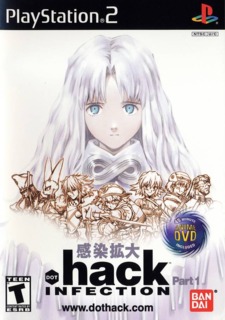Better than you would think. It's an interesting idea mixed with reasonably good gameplay.
Within the game, you start at a city, just like any normal RPG. There, you can talk and trade with other players, buy, sell, and store equipment and items, and form parties with up to two other players. Then you go to the "Chaos Gate" and enter a three-part keyword, which determines the attributes of the area you want to go to.
Just like any other RPG, there are open areas for you to explore, as well as dungeons with prizes on the deepest level. When you aren't actively playing the game, you can check the Board or your e-mails, or see bonus content on the ALTIMIT desktop.
When entering into a battle, the background music transitions seamlessly into more upbeat battle music. The battle system is somewhat a mix between Active and Passive. You attack normally in real time, but to use an item or skill, you have to enter a menu and the game pauses. During the battle, you are free to move around or run away, and your party members will follow basic commands.
The graphics, while not super-realistic, are still pretty good. Characters look like they came straight out of an anime. The areas are reasonably well-detailed, though the textures are somewhat dated.
Though the game sounds like a typical standard RPG, there are several unique features, such as the "Game-in-a-game" concept and the Data Drain technique (which is used to )

